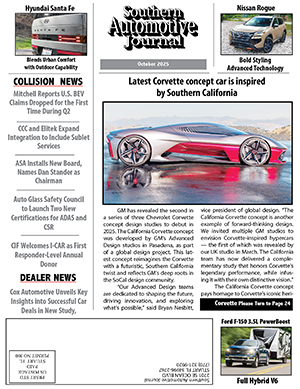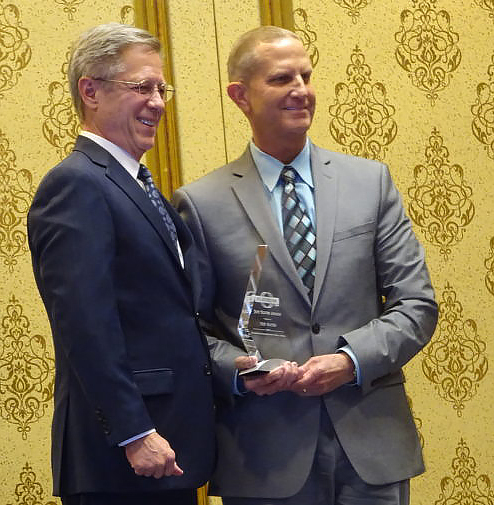The newly installed ASA board features a blend of experienced leaders representing both the collision and mechanical sectors:
• Chairman: Dan Stander, AMAM, Fix Auto Highlands Ranch, Littleton, CO
• Secretary/Treasurer: Maryann Croce, Croce’s Transmission Specialists, Norwalk, CT
• Immediate Past Chairman: Scott Benavidez, AMAM, Mr. B’s Paint & Body Shop Inc., Albuquerque, N.M.
• General Director: Tom Piippo, AMAM, Tri-County Motors, Rudyard, MI
• General Director: Joel Adcock, Revv, New York, NY
• Collision Division Director: Gene Lopez, AMAM, Seidner’s Collision Center, Duarte, CA
• Mechanical Division Director: Aaron Clements, AAM, C & C Automotive, Augusta, GA
• Executive Director: Julie Massaro, Automotive Service Association, North Richland Hills, TX
During the Annual Meeting, recognition awards that honored individuals that made significant contributions to the ASA mission and/or the automotive repair industry were distributed.
Honorees for 2025 included:
• Jeff Parker, ITW Evercoat, received the Phoenix Award for his contributions and expertise shared on the Collision Operations Committee.
• Roy Schnepper, Butler’s Collision, Inc., Roseville, MI, received the Chairman’s Award of Excellence for the many years of service on the Board of Directors and work he has done for the ASA members by representing ASA at several other respected organization boards such as CIC, and CIECA just to name two.
• Scott Benavidez, Mr. B’s Paint & Body Shop Inc., Albuquerque, N.M., received Recognition for his outstanding leadership of ASA.
ASA is the largest and oldest national organization committed to protecting the automotive repair industry including both collision and mechanical shops interests. Our members own and operate repair facilities responsible for the majority of all, post warranty, repair services in the United States. ASA advocates for the interests of its members and their customers in Washington, D.C. Through our education, training resources, and services, ASA provides its members in all 50 states the power to remain trusted stewards of their customers vehicles in their communities. For more information visit www.ASAShop.org. |
|

